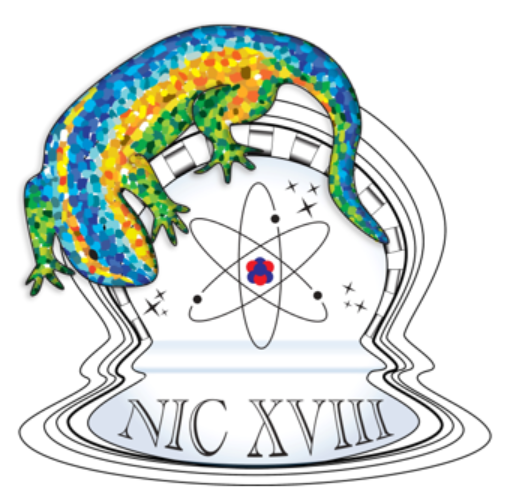https://doi.org/10.1140/epjd/e2003-00325-0
Two-step laser optogalvanic spectroscopy of the odd-parity Rydberg states of atomic mercury
1
Atomic and Molecular Physics Laboratory, Quaid-i-Azam University, Islamabad,
Pakistan
2
Optics Laboratory, P.O. Box 1021, Islamabad, Pakistan
Corresponding author: a baig@qau.edu.pk
Received:
11
September
2003
Revised:
5
November
2003
Published online:
20
January
2004
We present new experimental data on the highly excited levels in mercury
using the two-step laser excitation and optogalvanic detection technique in
conjunction with a RF discharge cell. The 6s7s 3S1 intermediate
level has been accessed from the 6s6p 3P2 metastable level that is
collisionally populated in the mercury discharge in the presence of a buffer
gas at a pressure of about 1 Torr. Two beams from two different dye lasers
pumped with a common excimer laser were passed through the discharge cell
containing mercury vapors. The first laser was tuned to 6s7s 3S1 level whereas the second laser was scanned covering the wavelength region
between 544–458 nm. We have observed the 6snp 3P0 ( ), 6snp
), 6snp  (
( ), 6snp
), 6snp  (
( ) and 6snp
) and 6snp  ) Rydberg series. The 6snp
) Rydberg series. The 6snp  Rydberg series to such high
n-value has been reported for the first time. The first ionization potential
of mercury is determined from the 6snp
Rydberg series to such high
n-value has been reported for the first time. The first ionization potential
of mercury is determined from the 6snp  Rydberg series as
84184.15±0.05 cm-1. Some collisionally induced parity forbidden
transitions have also been located that are identified as 6sns
Rydberg series as
84184.15±0.05 cm-1. Some collisionally induced parity forbidden
transitions have also been located that are identified as 6sns  (
( ) series.
) series.
PACS: 31.50.-x – Potential energy surfaces / 32.30.Jc – Visible and ultraviolet spectra / 32.80.Rm – Multiphoton ionization and excitation to highly excited states (e.g., Rydberg states)
© EDP Sciences, Società Italiana di Fisica, Springer-Verlag, 2004







